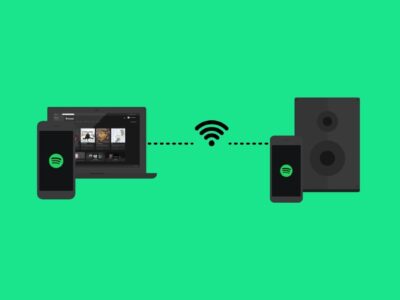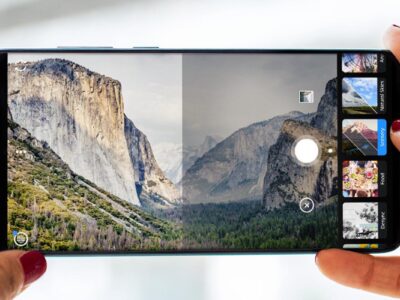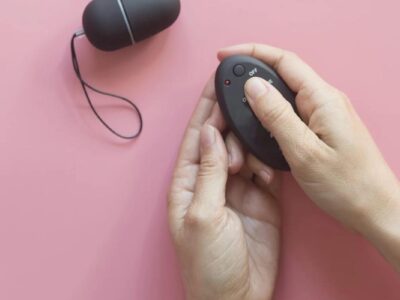What is LED and How Does LED Projector Works?
LED: The Lighting Technology of the Future
The LED (Light Emitting Diode) light source is more and more often referred to as “the lighting of the 21st century”. LED lighting is an area where the market is growing rapidly as LED lighting has recently become an alternative source of lighting for traditional incandescent bulbs and fluorescent lamps. Compared to incandescent lamps (bulb type), LEDs have many advantages: they consume less energy and their service life is much longer.
Their small size, high light output, extreme reliability, low energy consumption and long service life all contribute to the widespread belief that LEDs are “The technology of the future for lighting”. In fact, we can already predict the disappearance of the incandescent bulb, the European directives go in this direction. We also bet that the competition between compact fluorescents and LEDs will undoubtedly designate LEDs because follow in this talk.
Basic knowledge about LEDs
How does an LED work?
This passage is a very simple explanation of the design and operation of LED lamps. The positive current is applied to one side of the LED semiconductor via a conductive wire (anode) and a connecting wire (red). The other side of the semiconductor is attached to the top of the LED chip which is the negative current (cathode) conductor. The color of the light produced by the LED is determined by the chemical composition of the semiconductor of the LED that determines it.
The epoxy resin coating (synthetic lens) has three different functions:
- It allows most of the light to leave the semiconductor,
- It concentrates the light (viewing angle) and
- Protects the semiconductor LED from the external elements.
As you can see, the whole unit is completely integrated into the epoxy. This makes the LED a virtually indestructible object. There are no loose or moving parts within the solid epoxy enclosure.
As a result, a light-emitting diode (LED) is mainly a semiconductor PN junction that emits light when the current is applied, a semi-component that controls the current without the filaments being heated which makes it a very reliable.
The LED comes in several models, and it can be installed on lamps, sconces, spots, and projectors. These turn out to be the ideal to light the outside.
Why opt for LED Projectors?
LEDS projectors have been created to produce a very powerful light beam. They offer incredible night vision with the dynamized infrared system. LEDs projectors are simple in functionality and surprisingly flexible. LEDS floodlights are shock and moisture resistant, they can be fixed to a facade, a pole or on the ground.
The spot colors are perfect to highlight your pools or carriers. Being equipped with a cable, it is enough to extend them to make it work. In addition to providing a stable and homogenous light, LEDS projectors can light instantly and heat very little. With a long lifespan, it will enhance your home and ensure impeccable harmony. It is equipped with a powerful LED lamp, an optics, and a reflector and can be adjusted in a straightforward way according to the desired effect or atmosphere.
Use of LED projectors
Now let’s see how we can use this technology.
Led Technology
Traditional incandescent lamps for projectors last about 1,000 hours, and they have to be cooled down to prevent them from being damaged. While the bulb is still hot, the projector should not move or push, as even light strokes can damage the lamp.
On the other hand, LED projectors have lifetimes of between 10 and 25 years using them 40 hours a week. They do not need a cooling period, since they only emit a small amount of heat, and they are not especially fragile.
A useful life of 25 years is impressive for any technological product, especially considering that other technologies, such as cassette tapes, continued their course until becoming obsolete in a similar period of time.
Brightness
Although the brightness of LED projectors is not competitive with other technologies such as incandescent, LED technology is progressing rapidly, and it is likely that more bright LED spotlights will be available when this guide is published.
However, due to this limitation of brightness, LED projectors have not yet achieved prominence in the projector market.
Despite this, they are suitable to meet the needs of some users, and it is possible to find LEDs in many projectors for business and home cinema. The aspect ratio that is most commonly used in business presentations is 4: 3, while in home theater applications a widescreen aspect ratio of 16: 9 is used.
Applied Luminosity
Normally, home theater projectors are focused on video and are not as bright church’s projectors, since movies tend to favor a darker environment.
They also tend to have a higher contrast to emphasize very dark blacks, a deep color saturation, and bright light areas, in order to emphasize the cinema experience. In addition, they usually have quieter fans so as not to distract viewers from watching the movie.
Applied in Business
The projectors that are used for business are designed to be brighter and to have a lower contrast since sometimes the conference rooms and other places where presentations are made cannot be completely obscured.
Sometimes they are focused on smaller form factors for the realization of mobile presentations and since they have higher luminosities than home theater projectors, they tend to have larger and noisy fans.
Business and Home Cinema
The following two tables show the appropriate luminosities for both business and home theater applications with various levels of ambient light. Little ambient light means that little or no light enters the room.
Some ambient light refers to dim light, such as there might be in a room where some light enters through the blinds. Finally, the bright ambient light refers to the lighting that a room would have with the windows completely open.






